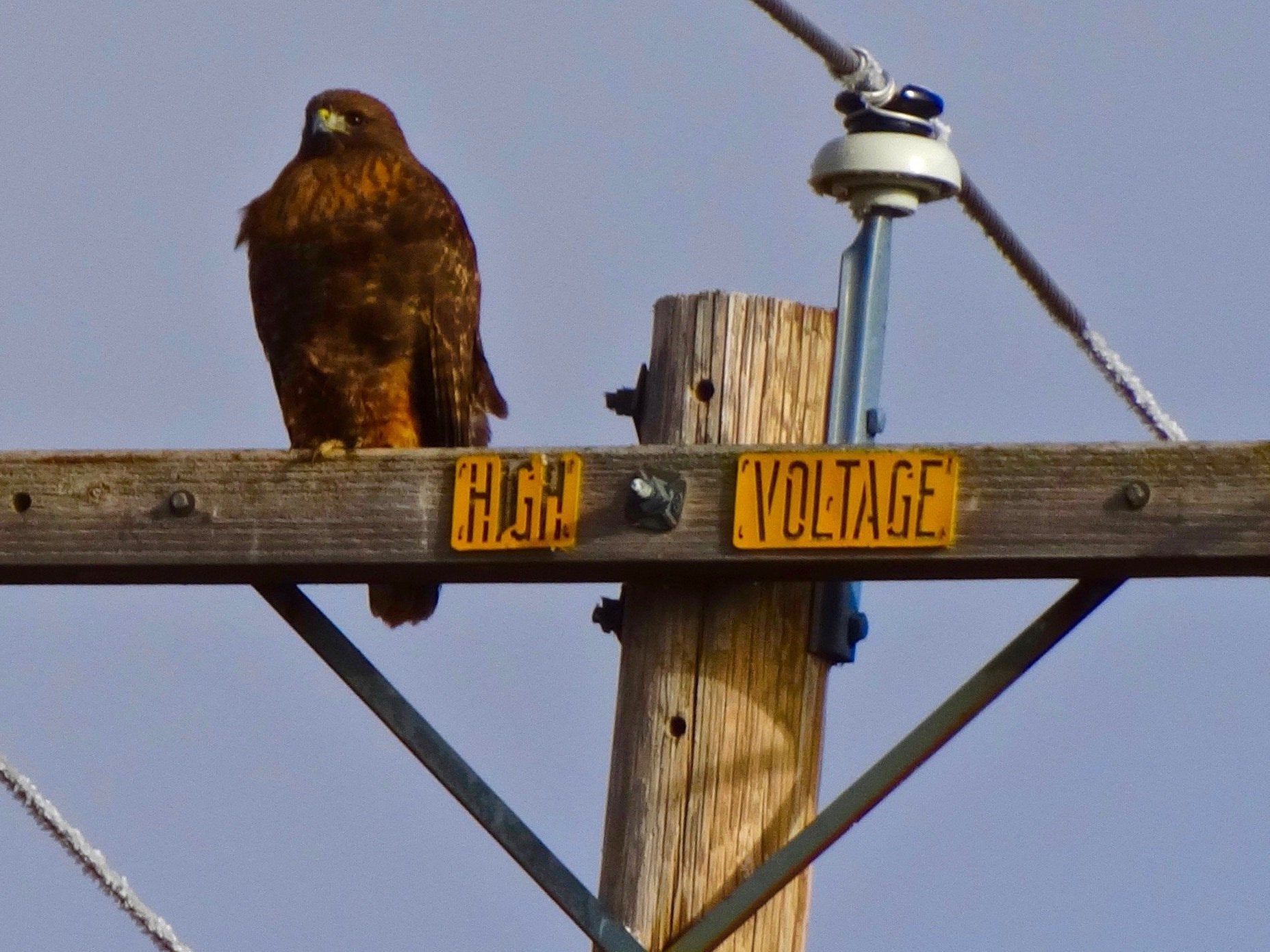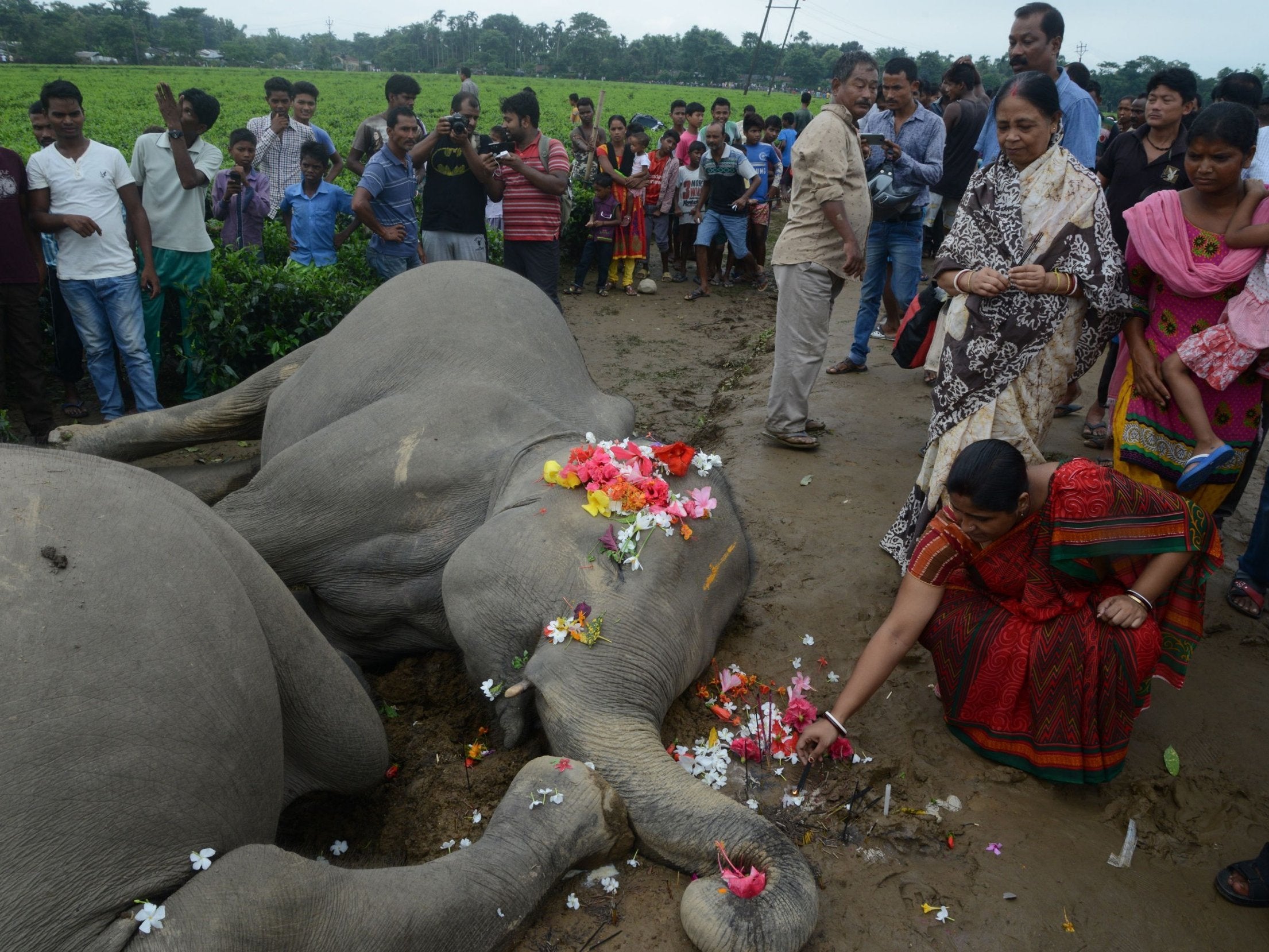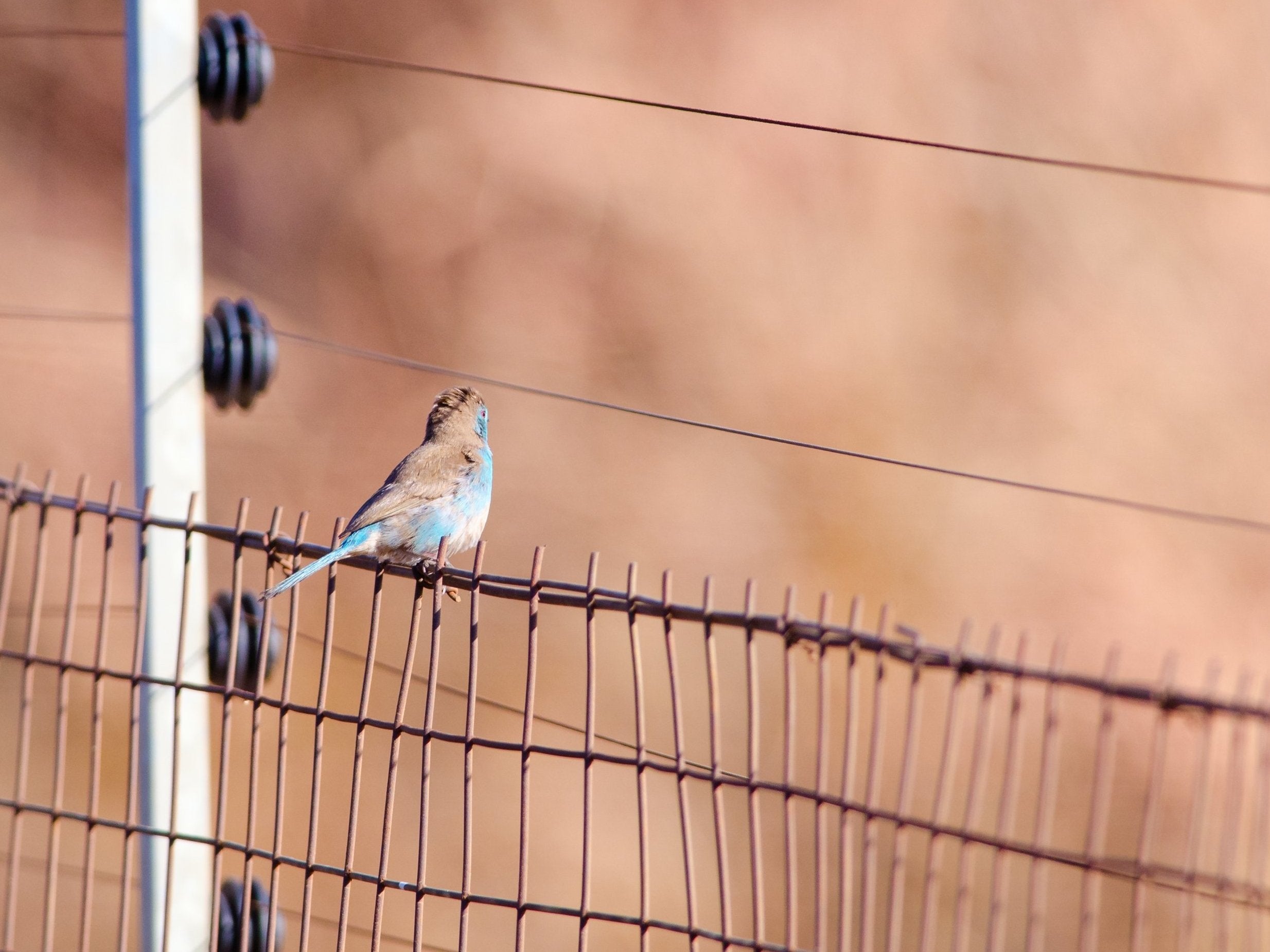Electrocution is a rising threat to wildlife
Electric fences and power lines are killing millions of animals annually, finds Rachel Nuwer

Your support helps us to tell the story
From reproductive rights to climate change to Big Tech, The Independent is on the ground when the story is developing. Whether it's investigating the financials of Elon Musk's pro-Trump PAC or producing our latest documentary, 'The A Word', which shines a light on the American women fighting for reproductive rights, we know how important it is to parse out the facts from the messaging.
At such a critical moment in US history, we need reporters on the ground. Your donation allows us to keep sending journalists to speak to both sides of the story.
The Independent is trusted by Americans across the entire political spectrum. And unlike many other quality news outlets, we choose not to lock Americans out of our reporting and analysis with paywalls. We believe quality journalism should be available to everyone, paid for by those who can afford it.
Your support makes all the difference.South Africa is a country of ranches, farms, reserves and national parks, many surrounded by miles of electric fencing. The fencing keeps out unwanted animal and human intruders and protects livestock and desirable wildlife.
But the fencing also has a deadly, unintended side effect: it frequently kills smaller animals, particularly birds and reptiles that scientists are eager to conserve. Trip wires are often to blame. Positioned about half a foot off the ground, the wires are meant to send a deterring zap to hungry lions and crop-raiding bush pigs.
But not all creatures respond by turning tail. Tortoises that hit a trip wire withdraw into their shells rather than retreat, while pangolins curl over the wire into a defensive ball. The animals stay put, shocked until their hearts give out.
“Farmers will walk along fences and find six to eight dead tortoises in the space of 100 metres,” says Luke Arnot, a veterinary surgeon and lecturer at the University of Pretoria. “With tortoises, we tend to think of poaching and bush fires, but electric fences are as big, if not a bigger problem.”
According to a 2008 study, some 21,000 reptiles in South Africa are killed each year after coming into contact with electric fences. Arnot has tried to sound the alarm, by publishing articles in farming and ranching magazines that detail practical, inexpensive fixes and by devising wildlife-friendly guidelines for electric fence installation.
His remedies are simple: lifting trip wires higher off the ground, for example, or running the current only at night, when predators are around.
“These fences have got the capacity to decimate whole populations, and they’re doing that,” he says. But the threat posed to wildlife “is still not something a lot of people think about”.
South Africa is not the only country struggling with the problem, and it’s not just fences that kill. Power lines are being strung haphazardly across poor countries; these, too, electrocute animals, and collisions alone often prove fatal for birds.
“There are studies from all over the world that have documented this as an issue,” says Scott Loss, an ecologist at Oklahoma State University.
Electrocution affects a diverse variety of species; in some, it is so common that it jeopardises the survival of species. In southern African countries, electrocution is considered a leading threat to endangered Cape vultures and critically endangered white-backed vultures.
In central Asia, electrocution kills an estimated 4,000 endangered saker falcons each year. In the US, Loss and his colleagues have estimated that tens of millions of birds are killed by power lines annually.
Scientists aren’t yet sure how great a threat electrocution poses to many of the affected species. “Birds of conservation concern, like red-tailed hawks and golden eagles, are dying from electrocution, but we don’t have a good handle on how that mortality source is contributing to changes in populations of these species, if at all,” Loss says.
Making reliable estimates is especially difficult in wilder areas because scavengers quickly sniff out fallen carcasses, says Simon Thomsett, an ornithologist and trustee of the Kenya Bird of Prey Trust.
“In wildlife areas in Kenya, hyenas and other animals make paths to power lines to get at dead birds,” he says.
Electrocuted animals are also not necessarily killed on the spot. Birds may “get zapped”, says Thomsett, and then fly hundreds of miles away, only to die a week or two later when their damaged limbs atrophy and become necrotic.
“This makes it impossible to go underneath power lines to enumerate the number of deaths,” Thomsett says. “But I think this is a growing threat and that it’s enormously underestimated by most wildlife conservationists, wardens and conservancy managers.”
Even large animals are threatened. More than 100 endangered Asian elephants were killed by electrocution in the state of Odisha, India, over 12 years, mostly by contact with power lines. Giraffes, African elephants, leopards, Cape buffalo and white rhinos have all been electrocuted in various countries.

Primates are especially frequent victims. At least 30 species and subspecies, half of which are threatened with extinction, are affected by electrocution in Asia, Africa and Latin America. “This is a widespread problem, but it’s also underreported and understudied, so there could be more species affected,” says Lydia Katsis, a recent graduate of Bristol Veterinary School in Britain.
In July, Katsis published research in the International Journal of Primatology identifying electrocution hot spots for five primate species in Diani Beach, Kenya. Electrocution accounts for up to 20 per cent of primate mortality and injury cases reported to Colobus Conservation, a conservation group based in the town.
In general, primates that are electrocuted die instantly or from the impact of a fall, but if they survive the initial jolt, they may succumb later to secondary infections from “horrific injuries” caused by the shock, Katsis says.
In addition to the conservation costs, animals that come in contact with power lines or other electric infrastructure extract a significant economic toll. In 2016, for example, a vervet monkey caused a nationwide blackout in Kenya after tripping a transformer, cutting off power to some 4.7 million homes and businesses.
“Animals have caused outages, disruptions and damage to infrastructure amounting to billions of dollars,” says Constant Hoogstad, a senior manager of industry partnerships at the Endangered Wildlife Trust, a nonprofit conservation organisation in South Africa. “We estimate that 60 per cent of line faults and interruptions in South Africa are wildlife-related.”
Hoogstad and his colleagues work directly with Eskom, South Africa’s state-owned electricity provider, to carry out various mitigation strategies. These include making power lines more visible to birds, insulating conductors on pole tops, and designing poles so birds cannot make contact with live components.

“It’s really important to engineer this problem out,” says Hoogstad.
The results have been hit or miss. For some species, such as Ludwig’s bustard, interventions to reduce collisions with power lines have met with little success. For others, including blue cranes and flamingoes, mortalities can be reduced by 90 percent or more.
Why these measures work for some species and not others is “the million-dollar question”, Hoogstad says, and one that his research colleagues are working to answer.
The Endangered Wildlife Trust’s efforts are being replicated in Jordan, Namibia, Tanzania and Australia. In the US, the Avian Power Line Interaction Committee, whose members include more than 50 utility companies, also works to reduce bird deaths.
Most other countries lack such initiatives, however, and in many places the problem is only set to worsen, Thomsett warns.
In Kenya, for example, power lines are being installed at breakneck speed, often in protected areas and along major pathways used by migratory birds. In October, Thomsett’s colleagues found the electrocuted remains of a threatened martial eagle – Africa’s largest eagle – beneath newly constructed power lines near the Maasai Mara National Reserve.
The bird, a juvenile, was one the conservationists knew: they had tagged it just seven months before as part of a long-term study on the species’ ecology and survival in Kenya.
“The terrible thing about power lines is that every single one will kill,” Thomsett says. “But people here say they don’t care because we need to develop our country.”
© New York Times
Join our commenting forum
Join thought-provoking conversations, follow other Independent readers and see their replies
Comments